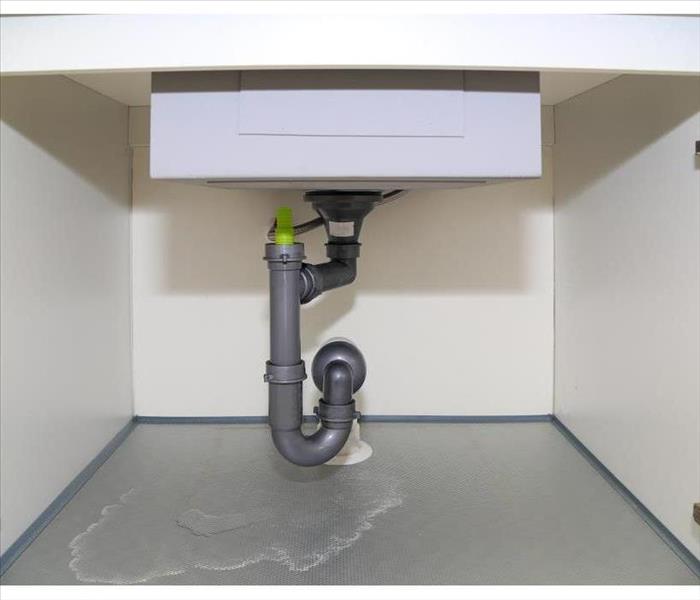How To Detect If Your Place Has Mold
5/9/2020 (Permalink)
How To Detect If Your Place Has Mold
Does something seem amiss? When you walk into your establishment, are you hit by a strange, musty aroma? Are you sensing that the air quality simply isn't good anymore? If so, you may have mold issues. While there are a few things you can do to find it on your own, it's not always easy to see or locate. A mold restoration company could investigate your business in West Miami, FL, allowing their indoor environmental specialist to determine whether fungus has started to grow. Here are three things you can do to see if you need aid.
1. Check Your Plumbing
Spores reproduce when they have the right catalyst. For them, it's organic matter and water. With that in mind, they are often developing where leaks or drips have started. Check under sinks or near appliances. Anything with a water line is suspect. Because this could happen within the walls, it's not always so simple. A mold test includes cutting small openings. The expert can use tools to reach inside the drywall, inspecting, and identifying any problems.
2. Look for Visual Abnormalities
Find the room that seems overly humid or slightly off. Then, start evaluating the walls and flooring for irregularities. It could be peeling, chipped paint or odd formations that have occurred. Take a few minutes and glance downward. Are tiles cracking? Are floorboard warped? If so, these could be signs that there's trouble lurking. An indoor environmental specialist could go into the surfaces and check it out.
3. Assess the Roof
Branches and high winds can knock into shingles, creating a disturbance on the roof. It's good to survey the ceiling. Are there any rings forming? When those become visible mold growth is likely as the water has permeated through the roof and is lingering with the attic or crawl space.
An indoor environmental specialist can observe and test for fungus in many places that business owners can't reach. This professional can search your walls, flooring, and ceiling, hunting down growths in seemingly difficult-to-get-to spots.






 24/7 Emergency Service
24/7 Emergency Service
